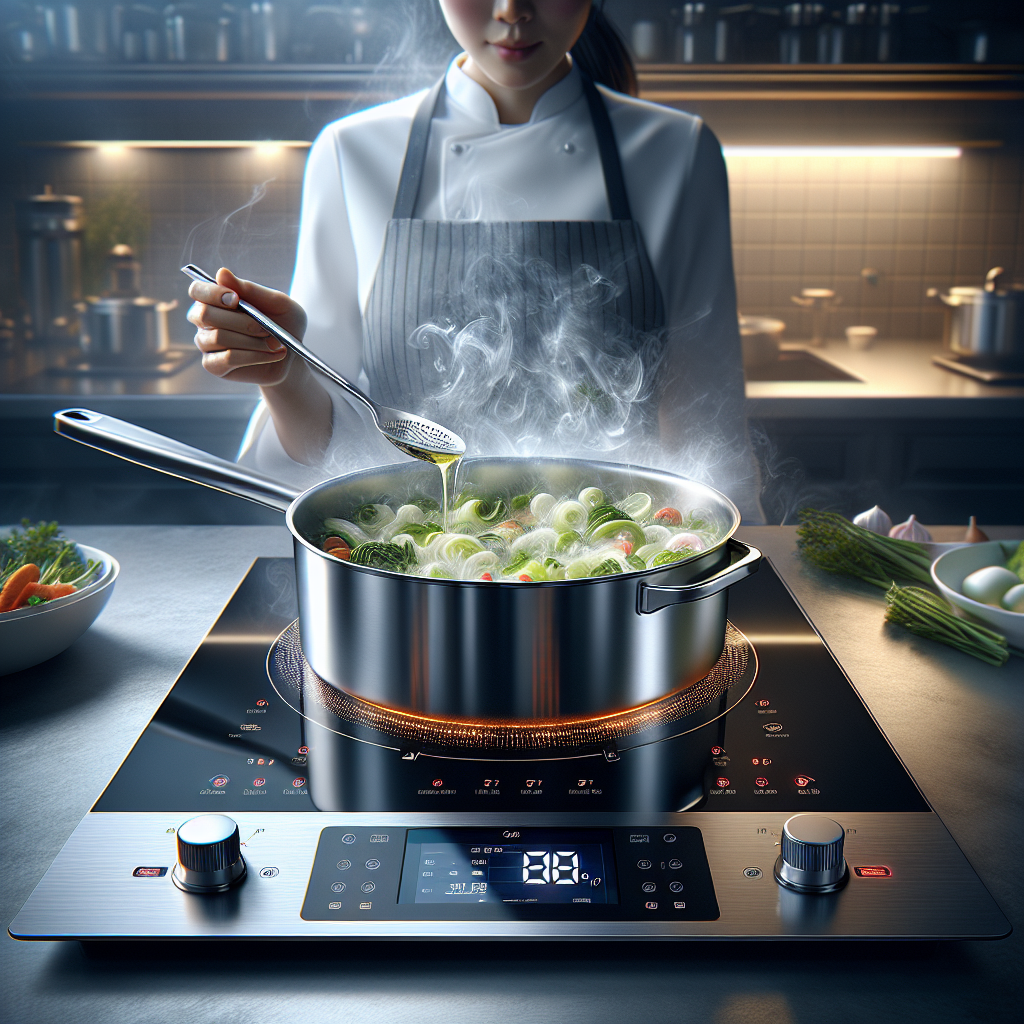One of the main reasons why cooking temperatures are important for flavor development is the Maillard reaction. This chemical reaction occurs when amino acids and sugars in food are exposed to heat, resulting in browning and the creation of new flavor compounds. The Maillard reaction is responsible for the rich, complex flavors found in grilled meats, bread crusts, and roasted vegetables. To achieve optimal results, it’s essential to cook food at the right temperature for the right amount of time.
Another key factor in flavor development is the breakdown of fats. Heating fats to high temperatures can cause them to break down and release flavorful compounds that enhance the overall taste of a dish. However, it’s important to note that different fats have different smoke points, which is the temperature at which they start to burn and produce acrid flavors. Using oils with a high smoke point, such as avocado oil or ghee, can help prevent off-flavors from developing during cooking.
Temperature control is also crucial when it comes to preserving the delicate flavors of herbs and spices. Many herbs and spices contain volatile compounds that are easily destroyed by high heat. By cooking these ingredients at lower temperatures or adding them towards the end of the cooking process, you can ensure that their flavors remain intact and vibrant.
When cooking proteins, such as meat or fish, temperature control is especially important for achieving the desired level of doneness. Overcooking can result in tough, dry meat, while undercooking can lead to foodborne illnesses. Using a meat thermometer to monitor internal temperatures can help ensure that proteins are cooked to perfection every time.
In baking, precise temperatures are essential for achieving the desired texture and flavor of baked goods. Breads, cakes, and pastries rely on the Maillard reaction, caramelization, and the expansion of gases to develop their unique flavors and textures. Baking at the wrong temperature can result in dense, gummy, or burnt products.
In conclusion, cooking temperatures play a vital role in flavor development in food. By understanding the science behind temperature control and how it affects different ingredients, cooks can create dishes that are not only delicious but also visually appealing. Experimenting with different cooking techniques and temperature settings can help home cooks and professional chefs elevate their culinary skills and create memorable dining experiences for themselves and their guests.

